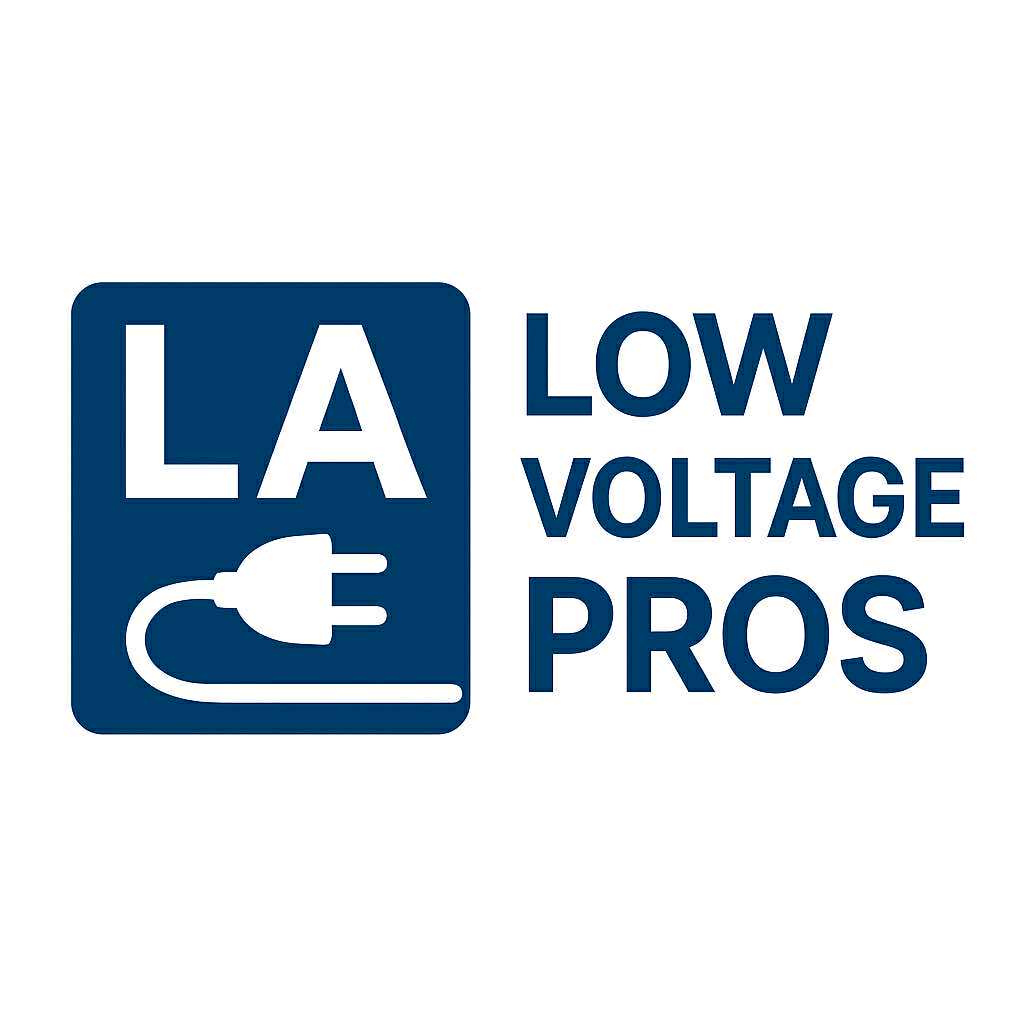Commercial Low Voltage Wiring in Los Angeles | Guide to Installation and Maintenance
Low voltage wiring plays a critical role in modern commercial buildings, supporting essential systems such as data networks, security cameras, fire alarms, access control, and audio-visual systems. For businesses in Los Angeles, understanding the importance, installation processes, and maintenance requirements of low voltage wiring is essential for both operational efficiency and safety. This guide provides detailed insights to help business owners, facility managers, and building contractors make informed decisions.
What is Low Voltage Wiring?
Low voltage wiring refers to electrical systems that operate at 50 volts or less. Unlike traditional high voltage electrical wiring used for powering heavy equipment, low voltage wiring is designed for communication, data transmission, and signaling applications. Common systems using low voltage wiring include:
- Structured cabling systems for data and internet connectivity
- Security and surveillance systems
- Fire alarm and life safety systems
- Access control and intercom systems
- Audio-visual systems
Using low voltage wiring ensures safety, reduces energy consumption, and supports reliable performance for critical business operations.
Importance of Low Voltage Wiring in Commercial Buildings
- Enhanced Communication and Connectivity
A well-installed low voltage system ensures seamless data flow and connectivity throughout a commercial building. Businesses in Los Angeles depend on fast, reliable networks to manage operations, communications, and cloud-based systems. - Improved Safety and Security
Low voltage wiring supports modern security systems, including surveillance cameras, access control, and alarm systems. Properly installed wiring reduces the risk of system failures and ensures safety compliance in commercial properties. - Cost Efficiency
Compared to high voltage systems, low voltage installations are generally less expensive to install and maintain. They also minimize energy consumption, which is particularly beneficial in larger commercial spaces. - Scalability and Flexibility
Businesses evolve over time, and so do their technology needs. Low voltage wiring allows for easier expansion, upgrades, and integration of new systems without major disruptions.
Key Components of Low Voltage Wiring Systems
Understanding the main components of low voltage wiring systems helps ensure proper installation and maintenance. These components include:
- Cables and Connectors: Common types include Cat5e, Cat6, and fiber optic cables for data transmission, and coaxial cables for video systems.
- Patch Panels and Network Racks: Centralized points for managing data and communication lines.
- Power Supplies and Transformers: Provide necessary power for devices connected to low voltage systems.
- Termination Points and Outlets: Ensure organized, safe access to network and communication ports.
Installation Considerations for Commercial Buildings
Installing low voltage wiring in commercial spaces requires planning and adherence to safety standards. Key considerations include:
- System Design and Planning
Before installation, evaluate the building layout, the number of devices, and the expected data load to design a network that is both efficient and scalable. - Compliance with Regulations
Installations must comply with local building codes, fire safety standards, and industry regulations. In Los Angeles, this ensures both safety and legal compliance. - Professional Installation
Certified professionals are recommended to handle installation. This reduces errors, ensures proper termination of cables, and prevents future issues with system performance. - Testing and Certification
After installation, all wiring should be tested for connectivity, speed, and reliability. Proper certification ensures the system meets industry standards.
Maintenance of Low Voltage Wiring Systems
Regular maintenance is crucial to avoid downtime and system failures. Key maintenance practices include:
- Routine Inspections: Check for wear, loose connections, or signs of damage.
- Cable Management: Keep cables organized to prevent tangling and interference.
- System Upgrades: Update cabling and equipment to support new technology requirements.
- Troubleshooting: Address any connectivity or device issues promptly to prevent disruption.
Benefits of Professional Low Voltage Services in Los Angeles
Hiring experienced low voltage specialists ensures businesses receive reliable, efficient, and safe installations. Professionals provide:
- Expertise in complex commercial environments
- Compliance with Los Angeles regulations and safety codes
- Efficient installation minimizing disruption to operations
- Ongoing support and maintenance services
Common Challenges in Commercial Low Voltage Wiring
While low voltage systems are highly beneficial, there are potential challenges businesses may encounter:
- Interference and Signal Loss: Poor-quality cables or improper installation can reduce performance.
- System Scalability: Without planning, adding new devices can be complicated.
- Regulatory Compliance: Failing to meet local building codes can result in fines or safety risks.
- Maintenance Issues: Lack of routine inspections can lead to unexpected downtime.
